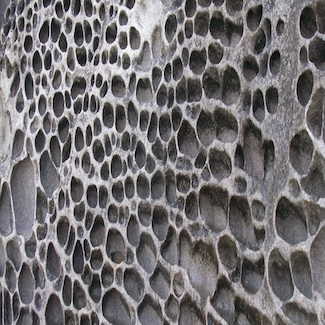Global increase and geographic convergence in antibiotic consumption between 2000 and 2015.
Type
Tracking antibiotic consumption patterns over time and across countries could inform policies to optimize antibiotic prescribing and minimize antibiotic resistance, such as setting and enforcing per capita consumption targets or aiding investments in alternatives to antibiotics. In this study, we analyzed the trends and drivers of antibiotic consumption from 2000 to 2015 in 76 countries and projected total global antibiotic consumption through 2030. Between 2000 and 2015, antibiotic consumption, expressed in defined daily doses (DDD), increased 65% (21.1-34.8 billion DDDs), and the antibiotic consumption rate increased 39% (11.3-15.7 DDDs per 1,000 inhabitants per day). The increase was driven by low- and middle-income countries (LMICs), where rising consumption was correlated with gross domestic product per capita (GDPPC) growth ( = 0.004). In high-income countries (HICs), although overall consumption increased modestly, DDDs per 1,000 inhabitants per day fell 4%, and there was no correlation with GDPPC. Of particular concern was the rapid increase in the use of last-resort compounds, both in HICs and LMICs, such as glycylcyclines, oxazolidinones, carbapenems, and polymyxins. Projections of global antibiotic consumption in 2030, assuming no policy changes, were up to 200% higher than the 42 billion DDDs estimated in 2015. Although antibiotic consumption rates in most LMICs remain lower than in HICs despite higher bacterial disease burden, consumption in LMICs is rapidly converging to rates similar to HICs. Reducing global consumption is critical for reducing the threat of antibiotic resistance, but reduction efforts must balance access limitations in LMICs and take account of local and global resistance patterns.

